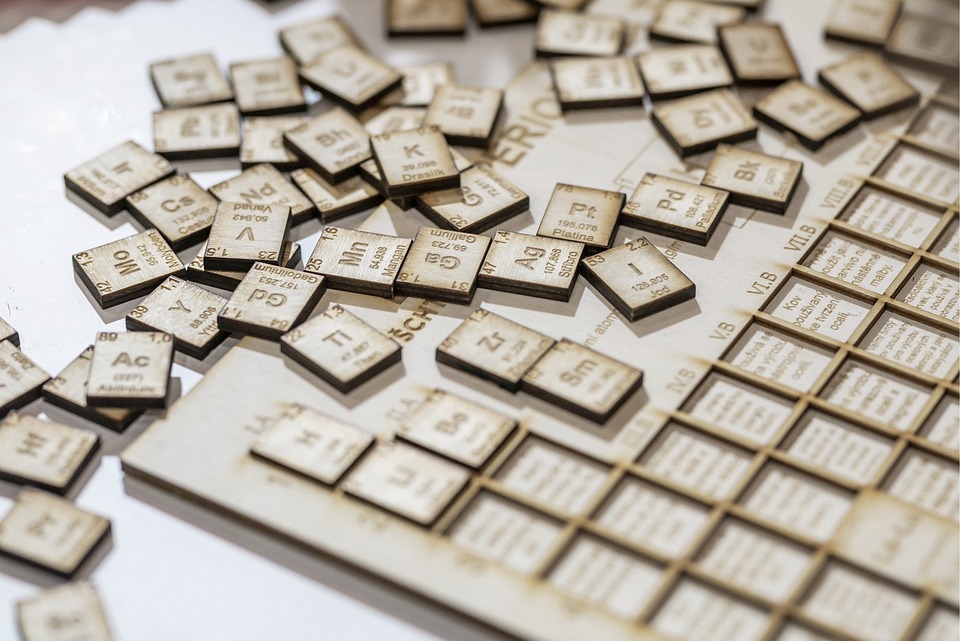
The Renaissance, a period of cultural and intellectual rebirth that spanned roughly from the 14th to the 17th century, had a significant impact on European craft production. During this time, there was a renewed interest in classical art and literature, which in turn led to a revival of traditional crafts and a new emphasis on craftsmanship and skill. In this essay, we will explore the ways in which the Renaissance influenced European craft production.
One of the most significant ways in which the Renaissance influenced craft production was through the patronage of wealthy merchants, aristocrats, and rulers. These patrons commissioned artisans and craftsmen to create works of art and craft that would demonstrate their wealth, taste, and status. As a result, there was a great demand for high-quality, finely crafted objects that were both functional and beautiful.
One of the most prominent patrons of the Renaissance was the Medici family in Florence, Italy. They were among the wealthiest and most powerful families in Europe and were known for their support of the arts and crafts. The Medici commissioned many artisans to create works of art and craft that would enhance their reputation and reflect their wealth and power. They were particularly interested in creating objects that combined beauty and utility, such as intricate clocks, exquisite jewelry, and elaborately decorated furniture.
Another way in which the Renaissance influenced craft production was through the development of new techniques and materials. During this time, there was a renewed interest in classical art and literature, which led to a revival of traditional crafts and a new emphasis on craftsmanship and skill. Artisans and craftsmen began to experiment with new materials and techniques, such as perspective drawing, chiaroscuro, and trompe l’oeil, which allowed them to create more realistic and lifelike works of art.
One of the most notable innovations of the Renaissance was the development of perspective drawing, which allowed artists and craftsmen to create images that appeared three-dimensional. This technique was first developed by the Italian artist Filippo Brunelleschi, who used it to create a more realistic and accurate representation of space in his paintings. Perspective drawing quickly became an essential tool for artists and craftsmen, allowing them to create more realistic and lifelike images.
In addition to new techniques, the Renaissance also saw the development of new materials and technologies. For example, the invention of the printing press in the 15th century allowed for the mass production of books and other printed materials, which in turn led to the development of new decorative arts, such as bookbinding and typography. Similarly, the development of new metals, such as bronze and brass, allowed for the creation of intricate and ornate metalwork, such as chandeliers, candelabras, and decorative urns.
The Renaissance also had a significant impact on the social and economic status of artisans and craftsmen. During this time, there was a new emphasis on craftsmanship and skill, and artisans and craftsmen were held in high esteem for their abilities. This led to a greater demand for their services, which in turn allowed them to command higher wages and enjoy greater social mobility.
One of the most notable examples of this was in the city of Nuremberg in Germany, which was known for its skilled craftsmen and artisans. Many of these artisans were organized into guilds, which provided them with training, protection, and a sense of community. These guilds played a significant role in the economic and social life of the city, and their members were respected for their skill and expertise.
The Renaissance also had an impact on the design and aesthetics of craft production. During this time, there was a new emphasis on beauty, harmony, and proportion in art and design. Artisans and craftsmen began to create objects that were not only functional but also beautiful, incorporating elements of classical design and motifs, such as arabesque patterns, mythological figures, and humanistic themes.
One of the most famous examples of Renaissance design and craftsmanship is the works of Benvenuto Cellini, an Italian goldsmith, sculptor, and writer. He was known for his intricate and ornate works of art, such as his gold saltcellar, which is now housed in the Kunsthistorisches Museum in Vienna, Austria. The saltcellar is an exquisite example of Renaissance design and craftsmanship, incorporating elements of classical art and architecture, such as columns and statues, as well as intricate patterns and motifs.
In conclusion, the Renaissance had a significant impact on European craft production in many ways. It led to a renewed emphasis on craftsmanship and skill, the development of new techniques and materials, and the patronage of wealthy merchants, aristocrats, and rulers. It also had a significant impact on the social and economic status of artisans and craftsmen, and it influenced the design and aesthetics of craft production. The legacy of the Renaissance can still be seen in the works of art and craft produced today, and it remains a vital and influential period in the history of European culture and craftsmanship.







